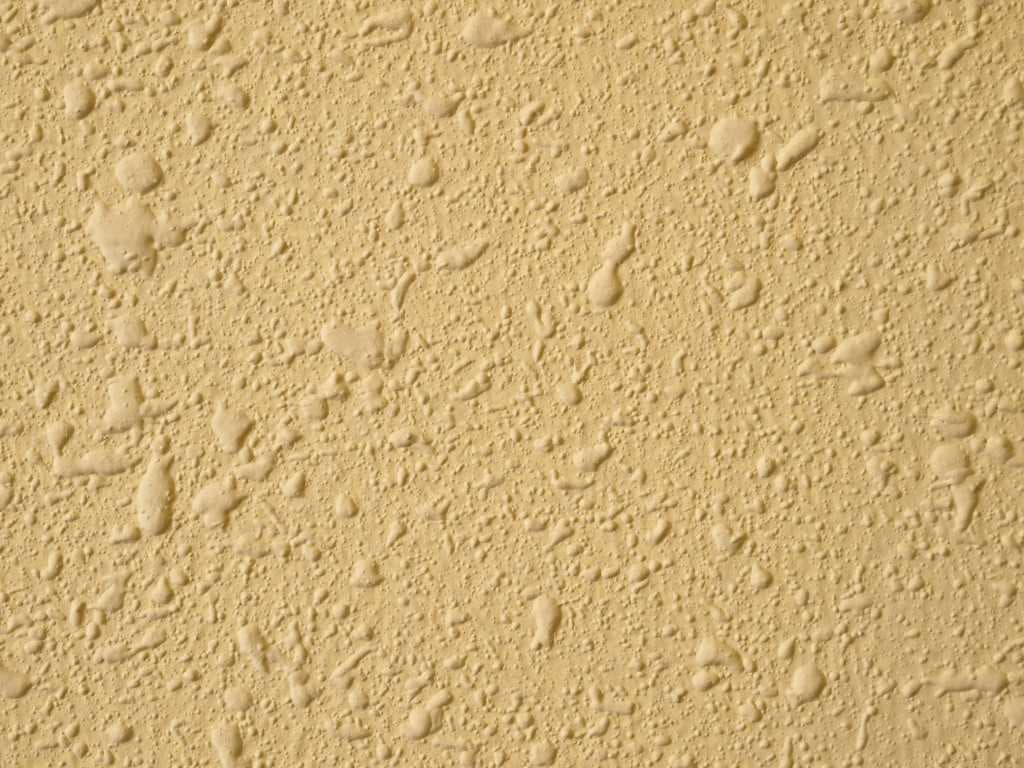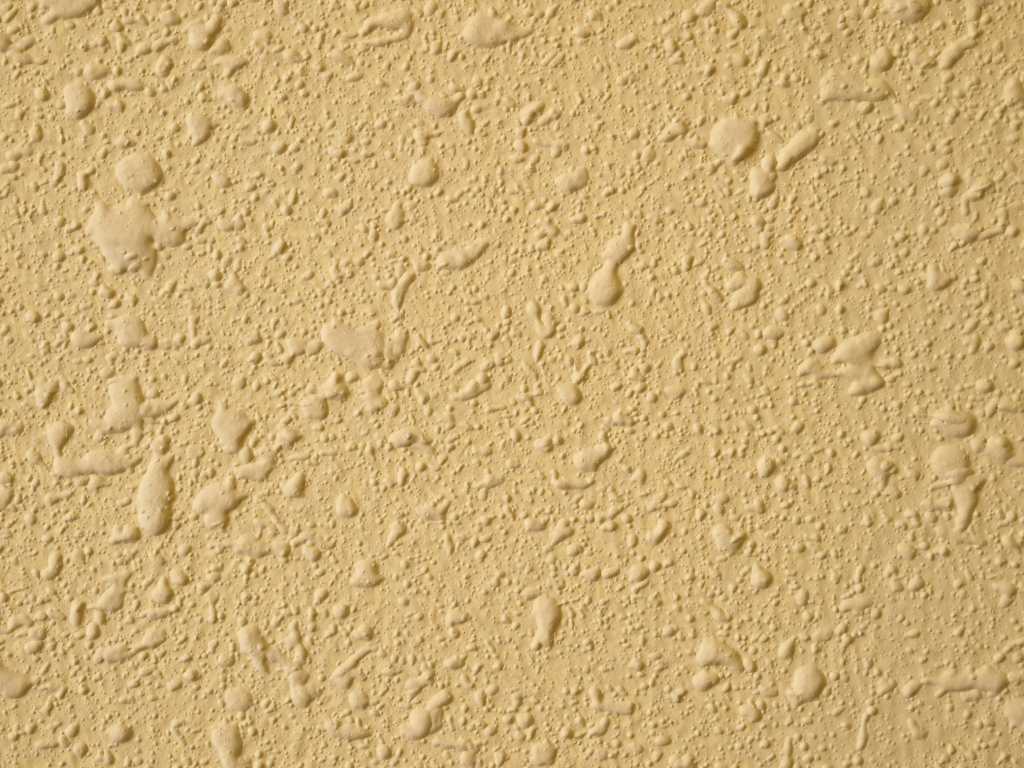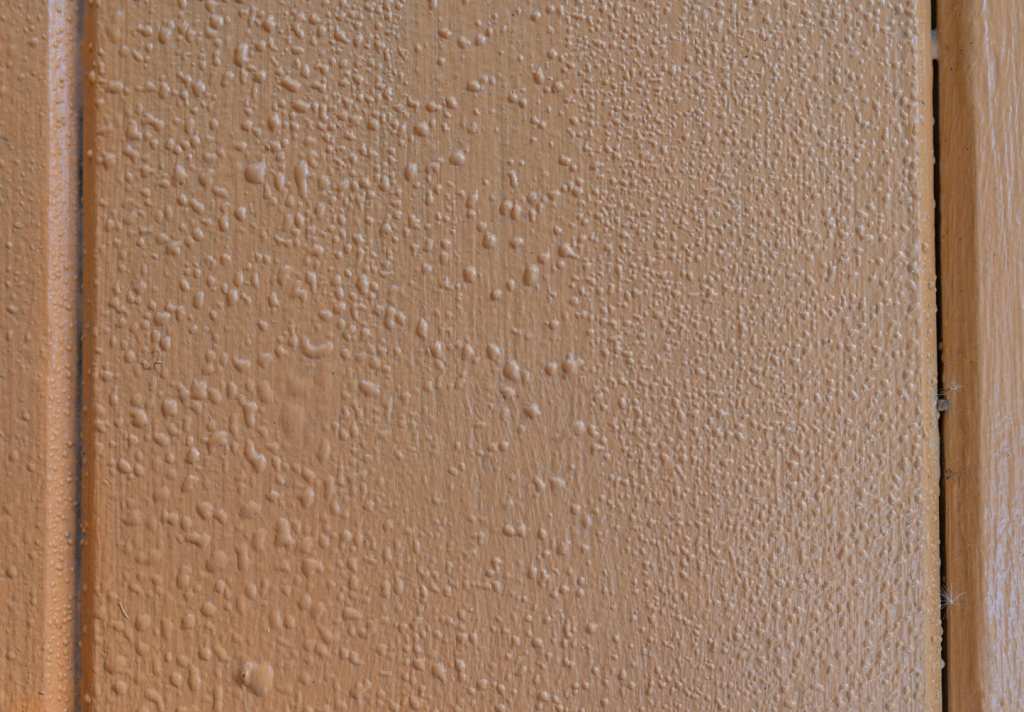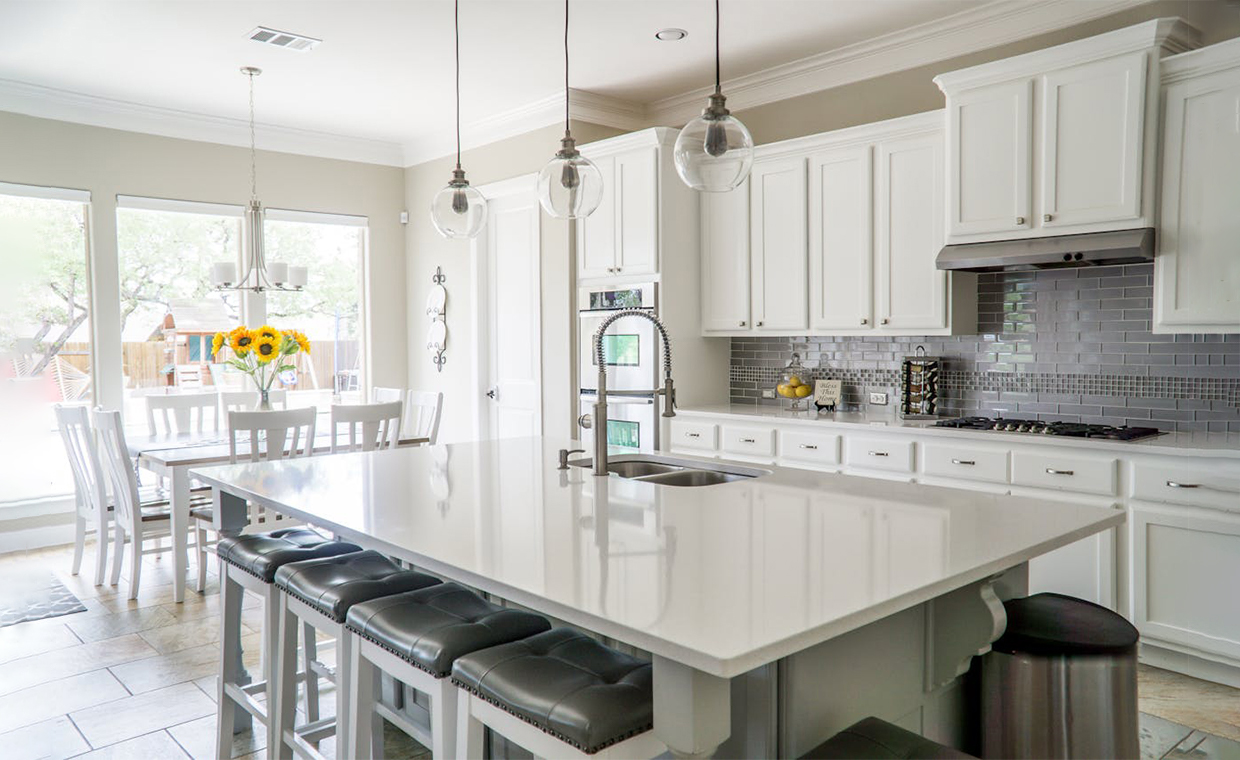
Paint gives us a feeling of newness and sense of completeness to our house. We use paint because it makes our surroundings more attractive, live and vibrant. However, the deterioration of the paint earlier to its rated life is considered as a failure of the paint. The failures have many reasons and there are various paint defects may arise like sagging, chalking, flaking, etc. They are observed either during painting or sometimes after the painting. Among them, paint blistering is the most common paint defect that is observed on exterior or interior painted surfaces.

Paint blistering or bubbling as the name suggests it is a blister or bubbles on the surface which has been painted. It occurs due to the paint film gets lifted from the underlying surface and air bubble is created in that tiny lifted space. It is basically the loss of adhesion between the paint film and surface which is usually caused by heat, moisture or a combination of both. Paint blistering defect gives an ugly look to your house and mars the beauty of the painted surface. Therefore, you need to take all precautions and find the possible solution to avoid this type of paint defect.
Precautions to Prevent Paint Blistering Defect
- Make sure that the surface to be painted is clean and dry.
- Allow the paint to dry completely before exposing the surface to moisture.
- Apply primer-sealer over any stains and let it dry completely.
- Follow the specified recoating time intervals between successive coats of both primer and paint.
- Avoid painting in direct sunlight especially in hot summer months and also avoid painting when the weather is very humid, i.e. when humidity is very high.
- Use appropriate solvent and apply appropriate film thickness depending upon chosen finish.
Tips for Fixing or Repairing Paint Blistering Defect
- If the paint blisters or bubbles go down to the underlying surface, then the first step would be trying to remove the source of moisture. Remove blisters by scraping, then sanding the surface. Allow sufficient drying time after cleaning.
Note: Allow moisture to getting dry otherwise moisture may affect or damage the newly painted surface.
- If the blisters do not go all the way down to the underlying surface, remove them by scraping and sanding. Once the problem area has a smooth finish, coat with primer before applying a good quality acrylic paint.

- To avoid paint blistering defect, acrylic paints should be applied at specified spreading rates and be allowed to dry before dew or rain attack.
- Ascertain that the paint adheres effectively to the surface. Remove all defective paint. Let each coat fully harden before further application of paint.
Remember only taking curative action is not going to solve the problem. If the paint blistering is happening due to moisture, you will have to stop and take all preventive measure to stop moisture. Any half-hearted measures without going to the roots of the problem and addressing preventive measures are not going to be useful.
Also Read:
Precautions and Possible Solution to Avoid Paint Bleeding Defect
Tips to Ensure Consistency of Paint in the Home
Characteristics of Exterior & Interior Paints































